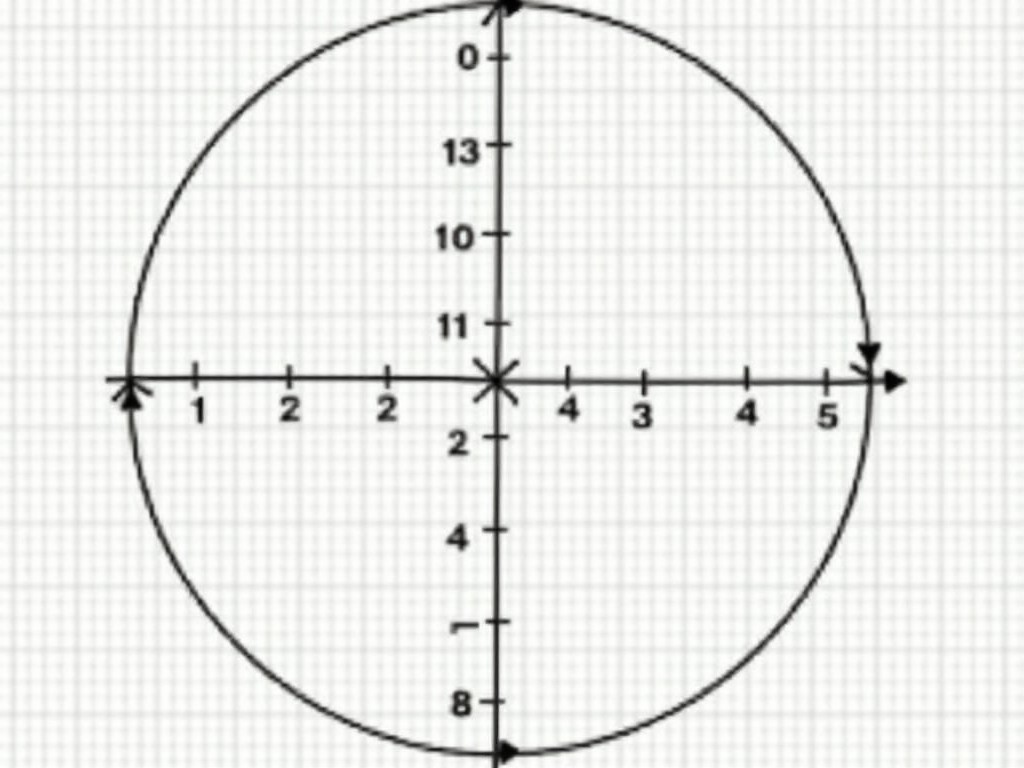For the second table shown in the image, here’s the completed version:
| Terminal Point | Angle (degrees) | Angle (radians) | Coordinates (x, y) |
|----------------|------------------|-----------------|---------------------|
| A | 0° | 0 | (1, 0) |
| B | 45° | π/4 | (√2/2, √2/2) |
| C | 90° | π/2 | (0, 1) |
| D | 135° | 3π/4 | (-√2/2, √2/2) |
| E | 180° | π | (-1, 0) |
| F | 225° | 5π/4 | (-√2/2, -√2/2) |
| G | 270° | 3π/2 | (0, -1) |
| H | 315° | 7π/4 | (√2/2, -√2/2) |
| A | 360° | 2π | (1, 0) |
This table represents the key points on the unit circle at 45-degree intervals. The coordinates are based on standard trigonometric values on the unit circle.
Let me know if you would like a drawing for this as well!, The image depicts a unit circle on a grid with labeled axes. It includes coordinates for various angles at 45-degree intervals. Each terminal point is identified with respective angles in both degrees and radians. The circle illustrates important mathematical concepts used in trigonometry and geometry. There’s also a grid background for referencing angles and coordinates relative to the circle's center

